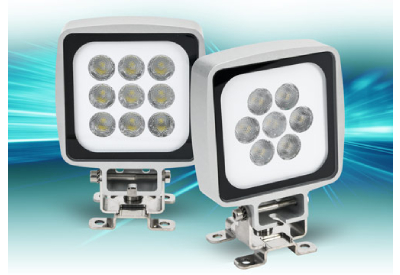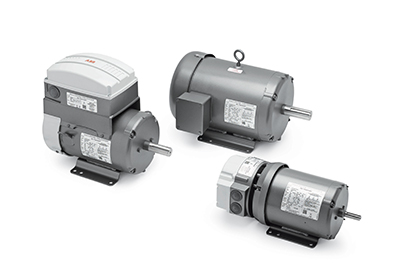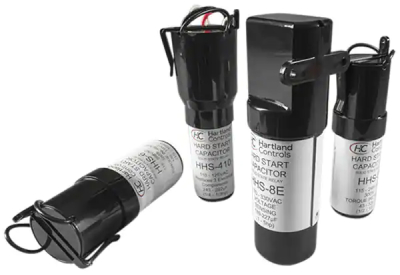High Voltage DC Contactor Relays from Littelfuse
January 18, 2023

High current and high voltage DC contactor relays for electric, hybrid, and industrial applications such as charging station, battery power supply, DC power control, circuit protection, and other switch controls. Can also be used in uninterruptible power supply and other electronic control systems.
Why Should You Use a Relay?
The main job of a relay is to enable remote switching within an electrical system. A relay allows switching of a high current circuit by a low current signal. This allows the relay to be placed close to the power source, or load to be switched, so that expensive high current cabling is minimized, while still giving easy access to the operator to turn the relay on or off.
Application Considerations
What is your application? Knowing your application will be key to selecting the right solution.
Load Type
Is it going to be switching a load on and off frequently so it needs high switching cycle life? Or will it be used to turn on a load and keep it on for a long time, and it needs to be very efficient with minimal losses? It is important to understand how the relay will be used.
Load Ratings Requirements
What is the application voltage? What are the continuous and peak currents? What kind and size of wire will be used to connect the power terminals? Understanding your application electrical load requirements will help with your relay selection
Mounting Locations
Where will the unit be mounted? Will it be protected in an enclosure like a charging station or 5G base station or exposed to the elements in an engine bay or on a frame rail? Identifying the required mounting location is important as it will affect the selection of the relay for maximum life.
Circuit Protection
Do I need to consider circuit protection with the relay? How will I integrate them so I have an efficient installation? Protecting a relay’s main power wires that run to secondary power distribution is a frequently overlooked aspect of high current relay applications.
Electrical Considerations
It is important to understand the specific application electrical requirements before selecting the most appropriate relay. Electrical considerations like voltage, amperage, coil type, high current terminals, smart connectivity, and others help drive relay selection to best match the application
Voltage
The voltage of a relay has two separate voltage ratings. One rating for the coil and one rating for the main contacts. In many cases, they are the same but also can be very different. In High Voltage relays, they tend to be very different, with relay contacts rated at 1000V to handle the high voltage required whilst being operated by coils of 12V-96V.
Amperage
There are several different current ratings that need to be considered when picking a DC contactor relay.
Continuous Carry Current
The current that the relay can carry essentially forever without the temperature rising above a set value.
Inrush Current or Starting Current
A short duration current value that is the maximum the switch can withstand without raising the temperature over that same value (10-60 secs). Examples include starting event, incandescent light in-rush, Inductive load start up, etc. It is very important to match the in-rush current rating of the relay to the application, especially in applications with inductive or capacitive loads.
Coil Types
Monostable relays (also sometimes referred to as normally open) turn on when the coil is ON and turn OFF when the coil is OFF. They have one position (usually OFF) that they return to when the coil is turned OFF. This type of relay is usually designed to control a specific load that is turned ON and OFF as needed in the vehicle.
Bi-stable (or latching relays) are relays that are designed to stay in either the ON or OFF positions with no power applied. Once they receive an activation signal to change state from OFF to ON (or ON to OFF) they do not consume any power.
Coil Terminals
These smaller terminals connect the solenoid coil of the relay to the control input. In sealed relays, frequently these are in a sealed connector.
High Current Terminals
In high current relays, the most common style of main terminals are studs or screws. These usually range from M6 to M12, with the size usually corresponding to the relay rating (larger studs for larger currents). Tin or Silver plated terminals help prevent bad contact by limiting corrosion. It is beneficial to always try to use stainless steel hardware as this eliminates the issue of galvanic corrosion
Smart Connectivity
Relays can incorporate many smart features to control the switching. Examples include delay timers, voltage sensors, or bussed connection via CAN or LIN communications.
More information
Download the DC Contactor Relay Selection Guide






